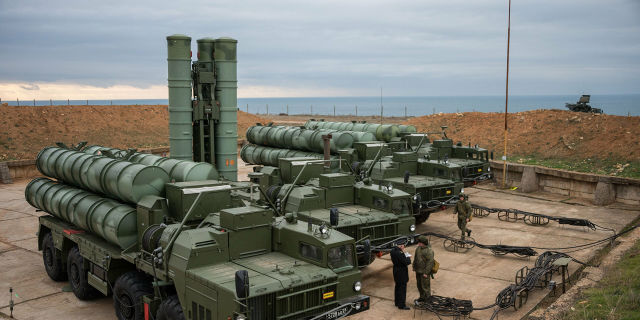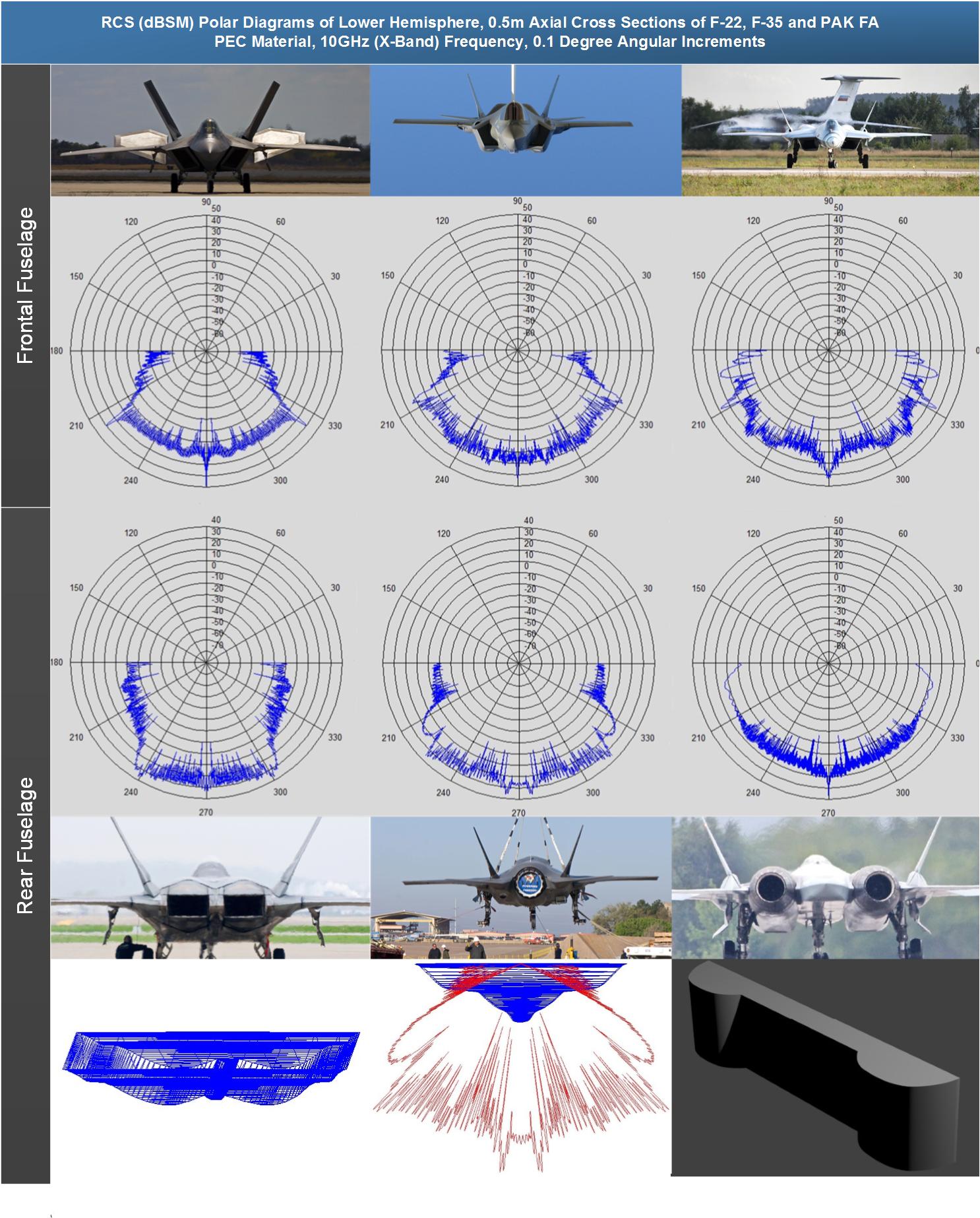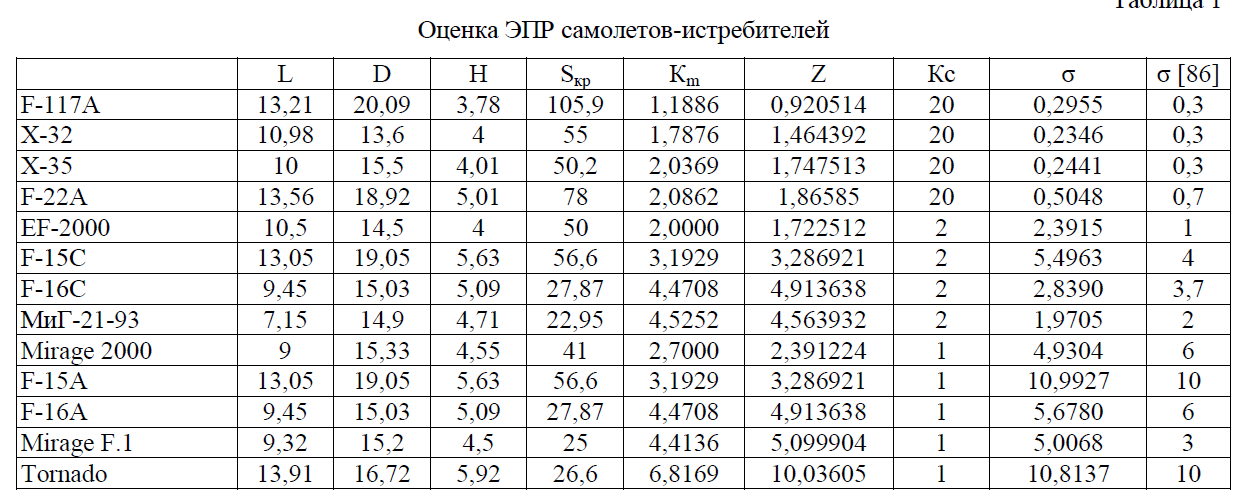Russian S-300 and S-400 air defense systems will not be able to shoot down American F22 and F35 fighters?
Stealth is the most important advantage of stealth fighters, which causes a lot of trouble in the fight against them. American F-22 and F-35 fighters are no exception. According to the Sina user, even such air defense systems as the Russian S-300 and S-400 cannot cope with them.
Russian S-300 and S-400 anti-aircraft missile systems, of course, can shoot down American F-22 and F-35 fighters, but the catch is that it is necessary to have both air defense systems at once in order to "corner them."
The biggest advantage of stealth fighters is their low visibility. This property means that their radar detection range can be greatly reduced. According to the ratio between the effective scattering area of the target and the radar detection range, it can be concluded that the radar detection range is proportional to the root to the fourth power of the effective radar reflection area of the target.
That is, when the effective reflecting area of the radar is reduced from the original to one-sixteenth, then the maximum detection range of the radar target will decrease to half of the original. The distance at which the radar captures the target is even less than the distance at which it is detected. Thus, if the detection range is compressed, then the time to capture the target is also naturally reduced.
Stealth allows aircraft to more than halve the distance at which they can be detected and captured by the enemy's radar system. This is the biggest advantage of stealth fighters compared to other aircraft. And this is also the biggest headache in dealing with them.
Stealth characteristics of the F-22: The aerodynamic design of the F-22 fighter follows the principle of a reflecting wave system, that is, incident radar waves are concentrated in eight specific directions and then scattered. It can be said that in addition to the B-2A strategic bomber, the F-22 fighter is the aircraft with the smallest effective reflecting radar area.
In addition to the configuration of the octal wave reflection system, the aircraft also has a convex vertical V-shaped stabilizer, an S-shaped air intake, an internal bomb bay, a diamond-shaped wing, a flat jet nozzle and sawtooth wings of the landing gear and armament compartments. The use of stealth coatings and radio-absorbing materials eventually leads to a very small effective radar scattering area of the F-22 fighter.
According to information released by the United States, the effective radar scattering area of the F-22 fighter is only 0.01 square meters. Such a small effective reflecting area of the onboard radar can greatly compress the distance at which a fighter can be intercepted by air defense systems. This allows not only to make an air strike unexpected, but also to maximize the safety of the aircraft.
Compared to the F-22, the F-35 is inferior in stealth. However, in the end, both the F-35 and the F-22 belong to the same family, so the mature stealth technology used on the F-22 naturally appeared on the F-35. The most obvious similar characteristics are: a convex vertical V-shaped stabilizer, an S-shaped air intake, an internal bomb bay and sawtooth wings of the chassis and armament compartments.
However, the smoothness of the fuselage is not as good as that of the F-22. The belly of the F-35 and the upper part of the fuselage are not as smooth as those of the F-22, and their uneven surface is noticeable to the naked eye. Although these bulges are necessarily subjected to stealth processing, from the point of view of radar wave reflection, they are definitely worse than a smooth fuselage. Nevertheless, the new technologies used on the F-35 are also far from the outdated characteristics of the F-22: the DSI air intake, the new generation stealth coloring, the new generation avionics system, and so on.
According to the information disclosed by the United States, the effective radar scattering area of the F-35 fighter is 0.1 square meters, which is 10 times more than that of the F-22. This situation is quite logical, because the F-35 is supposed to be exported to allies, so its stealth characteristics cannot be too high. Conversely, the F-22 will never be sold abroad, no matter how much Japan asks for it. It is obvious from this that the United States attaches more importance to the F-22, not the F-35. Therefore, the stealth characteristics of the F-35 fighter are not as good as those of the F-22, and this is quite normal.
The S-300 radar system includes 64N6E2 surveillance radar and 30N6E tracking radar. The maximum detection range of the 30N6E2 radar is 300 kilometers. The 30N6E phased array radar, operating in the X-band, has a maximum detection range of 300 kilometers and can simultaneously direct 12 missiles to intercept six groups of aerial targets.
With the advent of stealth combat aircraft in the new S-400 air defense system, much attention was also paid to their interception. Therefore, a radar designed to detect stealth fighters appeared in the S-400 air defense system.
The S-400 SAM has four types of radar: Sky-M, 91N6, 96L6 and 36N6.
The Sky-M is a radar detection system with a phased array antenna in the S—400 air defense system, which is specially designed to combat stealth fighters. This radar consists of three radar modules operating in the meter, decimeter and centimeter ranges, respectively. Inconspicuous targets with an effective reflecting area of only 0.05 square meters can be detected at a distance of up to 200 kilometers.
91N6 is an early detection radar with a passive phased array antenna, which is the main radar of the S—400 air defense system, the range of its detection of ballistic missiles is 230 kilometers, the range of detection of inconspicuous targets is 150 kilometers.
The 96L6 all-altitude detection radar has a detection range of 340 kilometers for targets with an effective reflecting area of 16 square meters, a detection range of 250 kilometers for targets with an effective scattering area of 4 square meters and a detection range of 185 kilometers for targets with an effective radar reflection area of 0.4 square meters.
36N6 is a target guidance radar, the main purpose is to issue coordinates to anti—aircraft guided missiles. The radar can track 300 targets within a radius of 600 kilometers, simultaneously attack 36 of them and capture 72 targets.
In general, the S-300 air defense system has practically no means of countering inconspicuous targets. The main reason is that it does not have a special anti-stealth radar, and therefore the probability of detecting an invisible aircraft at a great distance is small.
The S-400 anti-aircraft missile system has a special radar for dealing with inconspicuous targets, and its ability to detect stealth fighters is significantly higher than that of the S-300. However, it is quite difficult for him to shoot down the F-22 and F-35. The reason is that the F-22 and F-35 compress the radar interception range of the S-300 to 100 kilometers due to their effective scattering area of less than 0.1 square meters, or even within 50 kilometers.
Due to the equipment of the Sky-M radar, the S-400 SAM has a detection range of 200 kilometers for targets with an effective scattering surface of 0.05 square meters. Then, when calculated using the formula, the detection range of the F-22 fighter reaches 100 kilometers, and F-35 fighters can be detected at a distance of up to 200 kilometers.
Thus, the F-22 and F-35 fighters are capable of attacking with air-to-ground missiles outside the interception zone of the S-300 and S-400 air defense systems. However, after that, they need to immediately close the bomb bays and quickly fly away. It is obvious that the current Russian air defense systems really cannot shoot down American stealth fighters. After all, the range of air-to-ground missiles exceeds 100 kilometers, so stealth aircraft can open fire even outside the enemy air defense radar capture zone.





